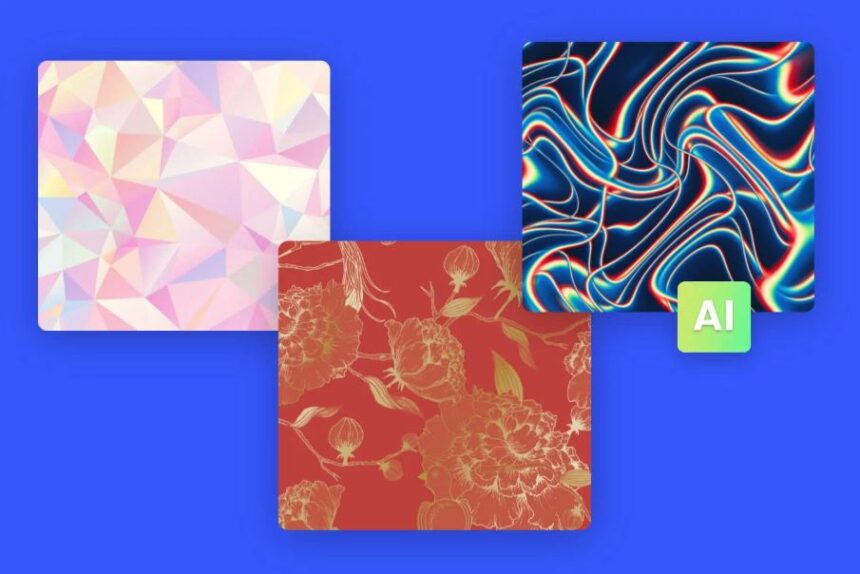Have you ever wondered why certain patterns captivate your attention while others feel unbalanced? The secret often lies in color theory, the art and science of combining colors to create harmony and impact. Applying this knowledge to patterns can elevate your designs, giving them a cohesive and dynamic look. Tools like a pattern generator simplify this process, enabling you to experiment with colors effortlessly. Let’s explore how understanding color theory can transform your approach to creating striking patterns.
The Basics of Color Harmony
Color harmony is the foundation of any visually appealing design. By understanding relationships between colors, such as complementary, analogous, or triadic schemes, you can create balanced and engaging patterns. These relationships help dictate how colors interact with one another and influence the overall mood of your design. Using a pattern generator by Adobe, you can test different combinations quickly, discovering the most harmonious blend for your creative vision without any guesswork.
Mood and Emotion Through Color
Colors can evoke emotions and set the tone for your patterns. Warm tones like red, orange, and yellow bring energy and excitement, while cool hues like blue and green create calmness and serenity. When crafting a pattern, think about the story you want to tell or the mood you wish to convey. For instance, a vibrant geometric pattern can energize a space, while softer pastel florals might evoke tranquility. Incorporating color psychology into your designs adds depth and intentionality to your work.
Contrast and Balance in Patterns
Effective patterns often rely on the right amount of contrast. Too much can overwhelm the viewer, while too little may result in a bland design. Striking the perfect balance involves combining light and dark shades, bold and muted tones, or different textures. Tools like design generators enable you to adjust and test these contrasts, ensuring your pattern feels dynamic and cohesive. This approach ensures your design is visually engaging without feeling chaotic or disjointed.
Color Gradients and Transitions
Gradients and smooth transitions between colors can add a modern touch to your patterns. They create a sense of movement and depth, making the design feel alive. Whether you’re working on a digital piece or preparing for print, gradients can enhance the visual appeal of your patterns. Experimenting with gradient tools within a design platform allows you to achieve seamless transitions that flow naturally within your composition. This technique works well for abstract patterns that mimic natural elements like sunsets or water ripples.
Adapting Color Choices for Different Applications
The purpose and medium of your pattern should guide your color choices. A pattern designed for a website might benefit from high-contrast colors for better visibility, while one for fabric or wallpaper might require softer tones for a more subtle effect. Understanding your medium helps you make informed decisions about saturation, brightness, and hue. Testing your designs with tools that offer instant previews can save time and ensure your patterns are perfectly suited to their intended use.
Mastering color theory can elevate your approach to pattern creation, turning simple designs into masterpieces. Using a design generator to experiment with color schemes, contrasts, and gradients, you can streamline the creative process and produce designs that resonate deeply with your audience. Explore the endless possibilities of color theory and bring your patterns to life with a thoughtful, artistic touch.






